
If you’re a coffee drinker, you probably know everything about the difference between Arabica and Robusta beans, dark and light roast, and caffeinated vs. decaf.
You have likely noticed that just smelling coffee can give you a boost of energy before you take your first sip – not that it’s enough to make you skip that cup of joe.
Coffee is clearly an extremely popular and widely consumed beverage, so it might not surprise you to hear that coffee is the second most traded product in the world (after oil), with 25 million farmers in over 50 countries involved in its production.
But how much do you know about the history and the science of coffee? Get ready for a fascinating look behind the curtain of your morning pick-me-up.
7. The world’s most expensive coffee costs up to $600 a pound
For that much money, it’s got to be something truly special. We guess that’s one word for it – this particular coffee is extracted from the feces of a Sumatran wildcat called a civet. The animals love the berries but are unable to digest the beans.
The beans are therefore fermented in the stomach of the animal before being excreted. This apparently produces a smooth and chocolaty coffee with no bitterness once the beans are collected from the feces (and, we assume, washed). To each their own, we guess.
6. It only grows well near the equator
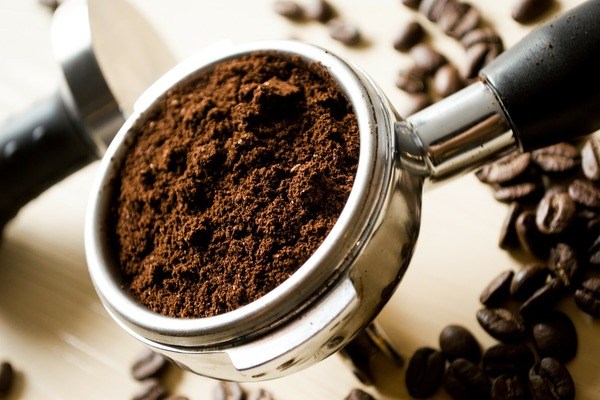
Today, the majority of coffee is grown in Brazil, which produces a full 40% of the world’s supply. That’s twice as much as 2nd and 3rd place producers, Colombia and Vietnam. The only state in the U.S. that grows coffee commercially is Hawaii, with its distinctive Kona beans.
Each of these locations enjoys the year-round warmth and humidity associated with equatorial regions, a climate that is much preferred by coffee berries. In fact, the area between latitudes 25 degrees North and 30 degrees South has been nicknamed the “Bean Belt” for this reason.
5. Coffee has been banned many times throughout history
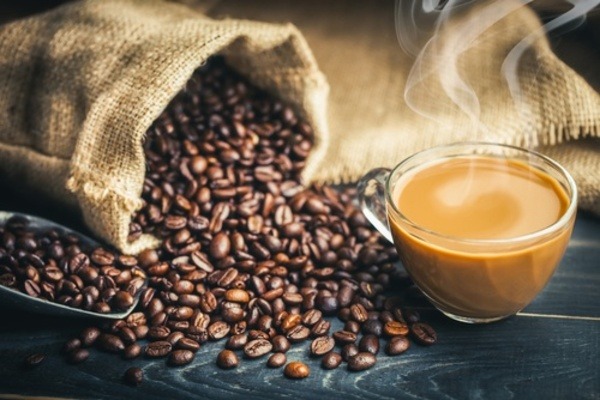
As world governments became more advanced, so did efforts to harsh everyone’s buzz. Coffee was banned in Mecca in 1511 because officials were sure that it caused radical thinking.
Italian clergymen took it a step further in the later 16th century by labeling coffee satanic. By 1623, Ottoman leader Murad IV decided to institute punishments for drinking coffee, such as being beaten or thrown into the sea.
The Swedish government made owning coffee paraphernalia illegal in 1746, and that included mugs and dishes that could theoretically be used for other things.
Another attempt to ban coffee occurred in 1777, when Frederick the Great of Prussia banned coffee because he was worried about beer sales. But as we know, nothing could stop the runaway train that is coffee consumption. (And beer is doing just fine, too.)
4. Shepherds discovered coffee in Ethiopia around 800 A.D.
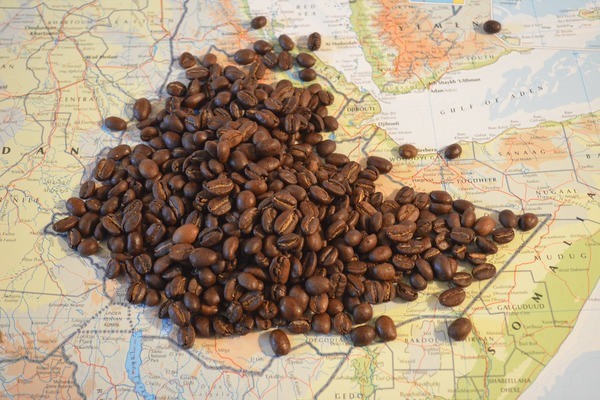
The legend goes that goat herders in the early 9th century noticed that their goats seemed to dance after eating coffee berries. A local monk got the idea to make a beverage with the berries, and after drinking it, he predictably stayed up all night. That event marks the birth of the original cup of coffee, but in the earliest use of coffee overall, the berries were mixed with fat to create an energy-rich snack.
If you prefer your history codified, the first written record of the coffee plant comes from Yemen at the end of the 15th century. After discovery of the plant, coffee was very quickly exported to the rest of the world. Cultivation began in the 1600s.
3. Coffee stays hotter when cream is added
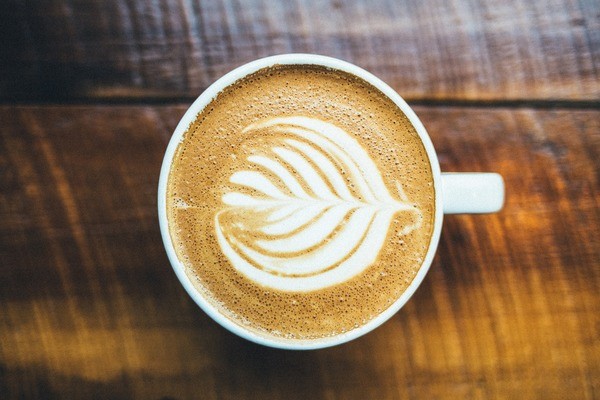
And now for a little something about the science of coffee. Adding cream to your brew actually keeps it warmer longer, even though the initial addition of cold cream cools it somewhat.
Overall, coffee with cream cools 20% slower than black. That’s true for a couple of reasons. First, the darker the beverage, the faster it gives off heat. And second, the more viscous the beverage (coffee with cream is thicker than black coffee), the slower it gives off heat.
There is also some evidence that the caffeine in coffee with a dairy additive (milk or cream) is absorbed more slowly by the body. That can decrease the zing you get from it. However, it’s not decreased by much, and other things play a greater role in how quickly caffeine is metabolized, including how much fiber you also have in your stomach.
2. Coffee is a fruit
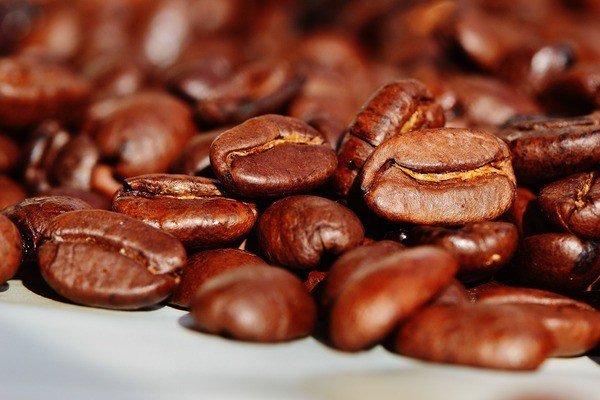
The coffee “beans” that we use are actually seeds. More accurately, they are the pits of a stone fruit that resembles a cherry. Grown on bushes, coffee cherries contain two seeds, positioned with the flat sides together. About 10-15% of coffee cherries have only one seed, which is called a peaberry. It’s commonly believed that peaberry seeds have more flavor, though there’s no real proof of this claim.
But what happens to the cherry when its seed is extracted? Unfortunately, up to 46 billion pounds of them are simply thrown away.
Concerned about the waste, some companies are starting to produce a product called coffee flour, made from dried coffee fruit. It is said to taste nutty and slightly bitter, with as much caffeine as dark chocolate. But the nutritional benefits are the real surprise. Coffee flour is a rich source of fiber, antioxidants, iron, protein, and potassium.
1. Coffee is healthy

And finally, you don’t need to feel bad about drinking so much of it. Many regular coffee drinkers harbor some guilt about their habit, but that shouldn’t come from the quality of the beverage itself. Sure, if you spend half your food budget on Starbucks or dump a full day’s worth of sugar into each cup, that’s not great.
But coffee drinkers get health benefits from the habit, too. The coffee itself has high levels of antioxidants as well as potassium, manganese, and B vitamins.
And research shows that the caffeine in coffee offers protection against Alzheimer’s, type 2 diabetes, and Parkinson’s disease. Women also seem to have a lower risk of skin cancer when they consume caffeine regularly.
So the next time you are sharing a cup of coffee with a new friend, or an uncomfortable silence falls over the breakfast table, you’ll have lots of interesting tidbits about coffee to share.
And don’t let anyone hassle you about your little habit – coffee is one addiction that’s okay to lean into. In fact, if you want to help save the planet, buy coffee flour, too.

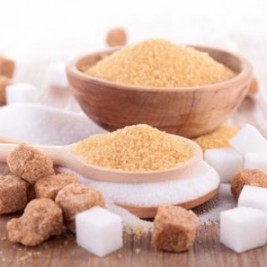
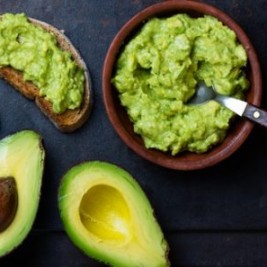
Comments